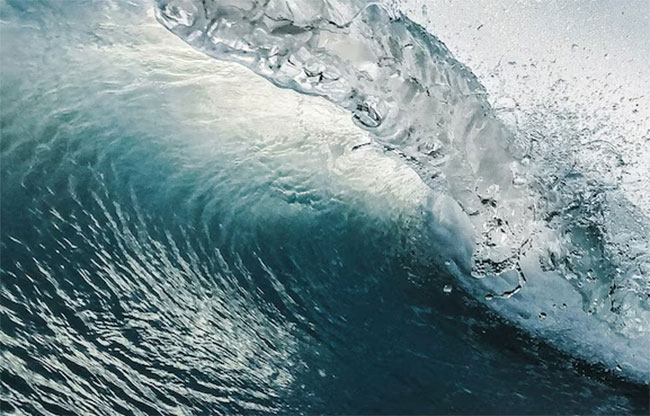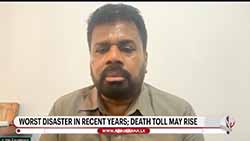Mega-tsunami warning: Could a 1,000-foot tsunami hit the US Pacific Coast? Scientist raises alarm
August 14, 2025 05:11 pm
Scientists are warning of a potentially catastrophic mega-tsunami that could strike parts of the US Pacific Coast, triggered by a major earthquake along the Cascadia Subduction Zone (CSZ).
Stretching roughly 600 miles from Northern California to Vancouver Island, this fault line accumulates massive tectonic stress as the Juan de Fuca Plate slides beneath the North American Plate.
Researchers from Virginia Tech, led by geoscientist Tina Dura, estimate there is a 15% chance of a magnitude 8.0 or greater earthquake occurring along the CSZ within the next 50 years.
According to their study published in the Proceedings of the National Academy of Sciences, such an event could suddenly sink coastal land by up to 6.5 feet, dramatically expanding floodplains and generating tsunami waves hundreds of feet high, posing unprecedented risks to millions of residents, critical infrastructure, and ecosystems along the West Coast.
Tsunami threat along the Cascadia Subduction Zone
The Cascadia Subduction Zone is one of North America’s most hazardous fault lines, according to the Virginia Tech research team. Over centuries, tectonic stress builds as the oceanic Juan de Fuca Plate is forced beneath the North American Plate. When this stress is released during a major earthquake, coastal regions could experience sudden land subsidence, dramatically increasing floodplain areas and altering shorelines almost instantly.
The last great earthquake along this fault occurred in 1700, triggering a tsunami recorded as far away as Japan. The Virginia Tech study emphasizes that a similar event today would have far more devastating effects due to dense populations, developed urban infrastructure, and critical transportation networks along the coast. Researchers warn that rapid inundation could leave little time for evacuation, magnifying the human and economic toll.
The potential mega-tsunami threat
According to simulations conducted by Dura and her team, a major CSZ earthquake could generate a ‘mega-tsunami’ with waves potentially reaching up to 1,000 feet, far surpassing typical tsunami heights of only a few feet. Coastal cities including Seattle, Portland, and towns in northern California could be submerged within minutes. The Virginia Tech study ran tens of thousands of models, showing that thousands more people, buildings, and miles of roads would be exposed to flooding than current hazard maps predict.
Researchers emphasize that such an event would combine sudden ground subsidence with extreme wave heights, creating conditions unlike any historical tsunami in the region. The study highlights the urgent need for improved early-warning systems, evacuation planning, and resilient infrastructure to minimize potential loss of life.
Areas at highest risk of tsunami
The Virginia Tech research identifies southern Washington, northern Oregon, and northern California as the regions most vulnerable to flooding from a CSZ mega-tsunami. While Alaska and Hawaii also face tsunami risks due to their own seismic activity, they are geographically farther from the CSZ and would experience less immediate threat. Low-lying coastal zones along the fault line could face permanent inundation, particularly when combined with climate-driven sea level rise projected by 2100.
The study underscores that communities must prioritize flood-resilient urban planning, fortification of critical infrastructure, and preparation for long-term displacement scenarios. Emergency planners are advised to use the study’s simulations to guide evacuation routes, reinforce hospitals and shelters, and prepare for cascading impacts to energy, water, and transportation systems.
Urgency of preparedness for tsunami and earthquake
Lead researcher Tina Dura emphasizes that a mega-tsunami triggered by a CSZ earthquake would be sudden and catastrophic, not a gradual environmental change. The study warns that without proactive disaster planning, evacuation protocols, and resilient construction, a major quake could result in more than 30,000 deaths, damage over 170,000 structures, and incur economic losses exceeding $81 billion. Researchers highlight that combining earthquake and tsunami hazards with projected climate-driven sea level rise makes this a ‘compound disaster’ scenario that demands immediate attention.
According to Dura, local governments, policymakers, and coastal residents must act swiftly to implement early-warning systems, strengthen building codes, and conduct community-wide preparedness drills. The Virginia Tech study serves as a critical wake-up call, emphasizing that preparation today could dramatically reduce the human and economic costs of a future mega-tsunami.
Source: Times of India
- Agencies












